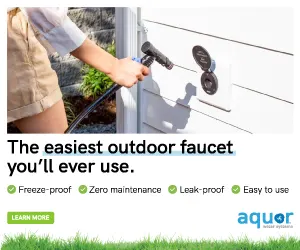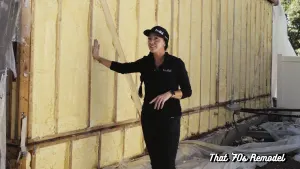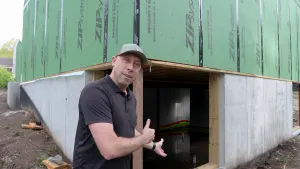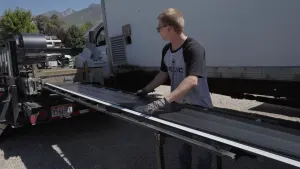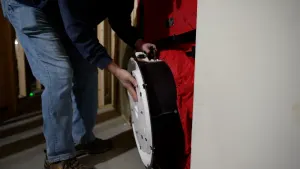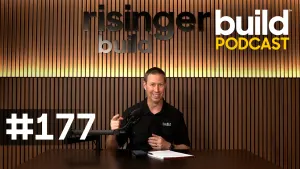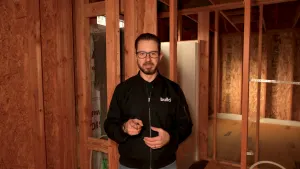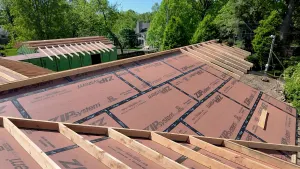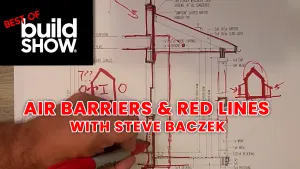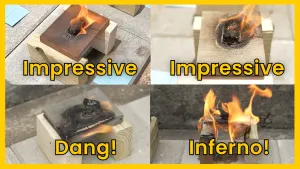At a Mitsubishi HVAC training, Kristof Irwin gave a great building science perspective on the current state of the HVAC equipment on the American Market.
There are three major changes in modern buildings and the effect on performance. First off, energy codes have increased dramatically. The makeup of building envelopes has evolved to reflect the changes in energy codes. Finally, moisture resilience technology has changed in response to the need to address energy codes and the building envelopes. With these changes, new HVAC equipment has been released to meet these changes. Old buildings allowed for heat & air flow; historically, buildings had high drying potential and the ability to handle repetitive wetting and drying cycles. 1950s buildings could hold 50+ gallons of moisture, today they can hold 3-5 gallons of moisture. Now codes require more insulation and air sealing, so buildings have reduced drying potential. Decreasing the hygric buffer, a material that can store and redistribute moisture, requires you to have near-perfect roofing, flashings, rainscreens, windows, doors, air sealing, etc. Good news, there's a solution design accordingly. The rest of this presentation expands on the building science behind HVAC evolution and new technology. Check out the full presentation to learn more.

 Share on facebook
Share on facebook Tweet
Tweet Email
Email Share on Linkedin
Share on Linkedin

